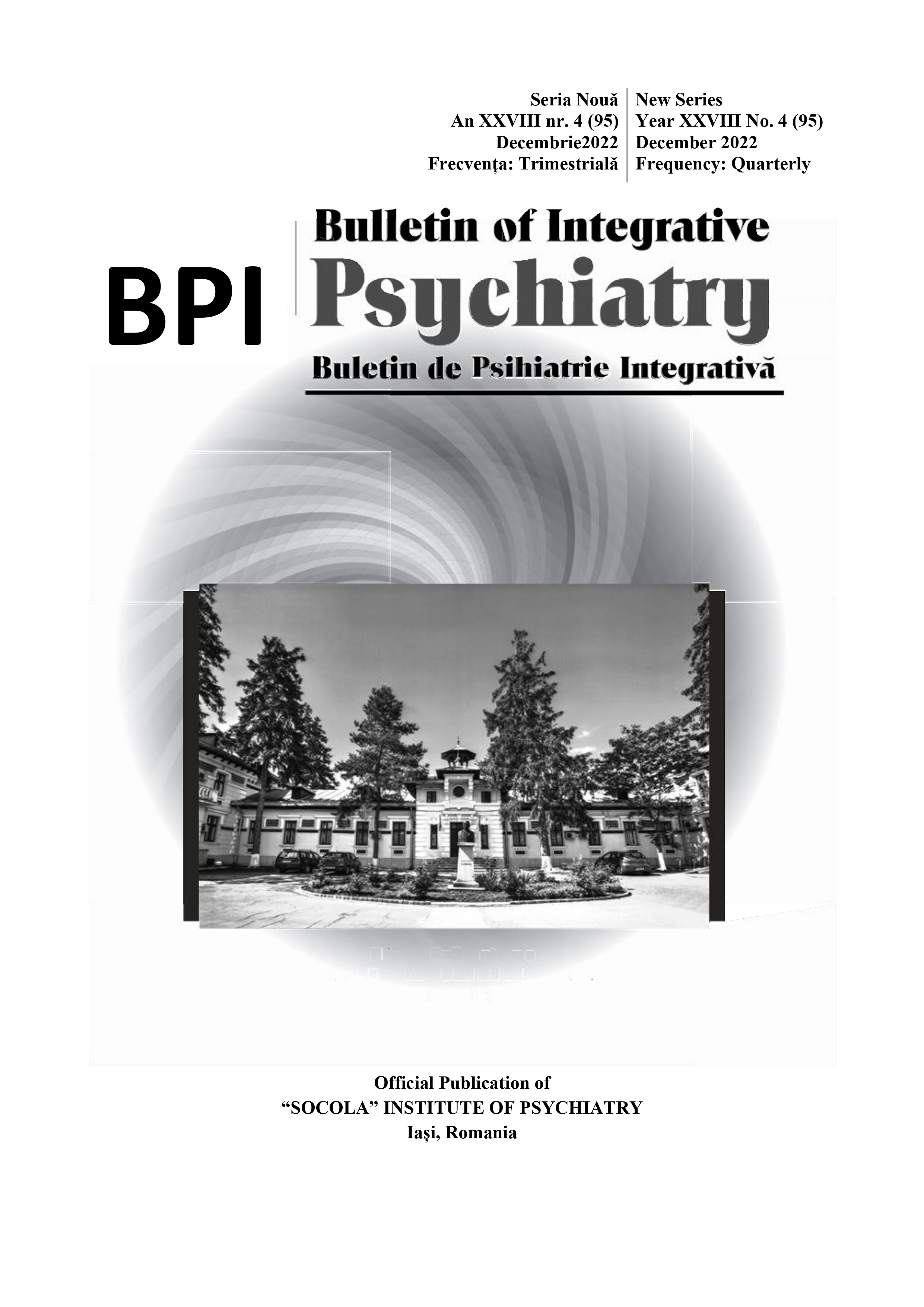Treatment strategies in Alzheimer’s disease: a mini-review of literature with focus on selenium supplementation
Treatment strategies in Alzheimer’s disease: a mini-review of literature with focus on selenium supplementation
Author(s): Bogdan Gireadă, Ilinca Bianca Nita, Irina Dobrin, Vasile Chiriță, Roxana Chiriță, Romeo Petru DobrinSubject(s): Neuropsychology, Health and medicine and law
Published by: Editura Sedcom Libris Iasi
Keywords: Alzheimer`s disease nutrition; Selenium central nervous system; Selenoproteins amyloid deposition; Selenium dementia; Selenium tau hyperphosphorylation;
Summary/Abstract: The term dementia derives from the Latin demens (“de”: private, “mens”: mind, intelligence, judgment — “without a mind”). The American Psychiatric Association (APA) describes it as “any mental impairment, or global cognitive decline in a previously unimpaired person” and is characterized by a deterioration of cognitive, intellectual, emotional, and behavioral skills, severe enough to interfere with the daily life of its sufferers. Alzheimer’s disease (AD) is the major senile dementia, defined as a degenerative, progressive, and irreversible disorder, characterized by a gradual loss of cognitive function and by behavioral disturbances. No effective treatment exists. In recent years the main focus of AD research has been on the amyloid hypothesis, which postulates that extracellular precipitates of beta amyloid (Aβ) derived from amyloid precursor protein (APP) are responsible for the cognitive impairment seen in AD. Treatment strategies have been to reduce Aβ production through inhibition of enzymes responsible for its formation, or to promote resolution of existing cerebral Aβ plaques; these approaches have failed to demonstrate any significant cognitive improvements. Intracellular rather than extracellular events may be fundamental in AD pathogenesis. Among the large number of chemical factors that have been implicated in the etiology of dementia, particularly its most common form, Alzheimer’s dementia (AD), recent concern has focused on both increased and decreased exposure to the metalloid selenium (Se), an element of strong nutritional and toxicological interest. Selenate is a potent inhibitor of tau hyperphosphorylation, a critical step in the formation of neurofibrillary tangles. Some selenium (Se) compounds (selenoprotein P) also appear to protect APP against excessive copper and iron deposition. Selenoproteins show anti-inflammatory properties, and protect microtubules in the neuronal cytoskeleton. In the present paper, we review the role of Selenium in AD treatment, as presented in numerous studies in the last years, and suggests strategies for AD prevention by optimizing selenium intake; this includes in particular secondary prevention by selenium supplementation to elderly with mild cognitive impairment.
Journal: Buletin de Psihiatrie Integrativa
- Issue Year: 95/2022
- Issue No: 4
- Page Range: 45-51
- Page Count: 7
- Language: English

